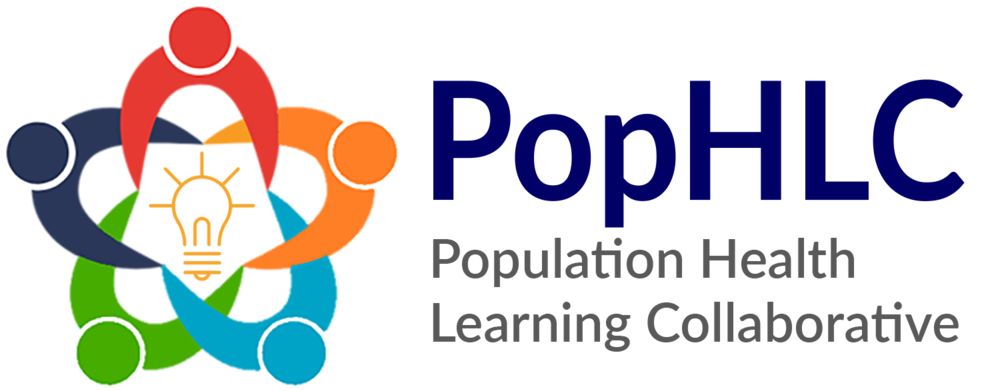Using American Recovery Plan Funding for your ACEs, Trauma & Resilience Coalition
December 21, 2021 | Now ON-DEMAND
The American Rescue Plan (ARP) has allocated over $125 BILLION dollars to go to help schools and students deal with the many challenges of the pandemic. The biggest block of funding is called ESSER, which stands for Elementary and Secondary School Emergency Relief. Schools (along with community partners) should be highly motivated to put plans together to get this funding and make good use of it. Funding at this level might not be available again for the foreseeable future.
While ACEs, Trauma & Resilience (ATR) coalitions cannot directly receive this funding, they can receive it (and benefit from the use of the funding) if they are working with school districts to develop and implement relevant strategies.
ESSER Funding is specifically to be used for many things that can be part of an ATR Coalition’s strategy, including:
Implementing strategies to meet students’ social, emotional, mental health, and academic needs;
Planning and implementing activities related to summer learning and supplemental after-school programs;
Supporting Early Childhood Education;
Investing in staff capacity;
Supporting homeless students … to ensure a comprehensive approach to meeting those students’ needs;
Addressing the unique needs of students in foster care—and their caregivers;
Implementing data-driven strategies to address chronic absenteeism
These are very much in the wheelhouse of ATR Coalitions, so it is appropriate for school districts to use their ESSER funds to pay for these types of activities.
Join us to learn to:
access more of this funding with less effort;
amplify the positive impact of the funding;
use the funding to build your local collective impact capacity for many other issues.
This webinar will share specific ways to make a compelling case for specific uses of the ESSER funding that will create high impact in the short and long term. One high-impact option is to use a tiny sliver of the funding to participate in the 2022 ARRCC Action Network--an 8-month long program that will help engage many community partners in addressing some of the priority topics. Participation in the ARRCC Action Network will help school districts be much more efficient in planning (and implementing) strategies and making budget request for other ESSER or ARP funding.
Participants will also learn about the importance of a multi-faceted community strategy for addressing "Social Determinants of Education" (SDOE), a concept similar to Social Determinants of Health--and how ESSER funding is appropriate for collaboration to develop an SDOE strategy.
Speaker
Bill Barberg, a co-founder of the Population Health Learning Collaborative, is the President and Founder of InsightFormation, Inc., a Minnesota-based consulting and technology company that helps communities, regions, and states address complex social and health issues that require multi-stakeholder collaboration. His deep background in strategy implementation has been featured in dozens of conference presentations and webinars, and he both organized and hosted the recent virtual summit on Innovations in Naturally Affordable Housing. He has been a pioneer in many projects that have pushed forward the practices for achieving Collective Impact on a wide range of issues—from addressing the opioid crisis to transforming housing re-developments into Communities of Hope in Detroit.
Bill was selected to write the chapter on “Implementing Population Health Strategies” for the book, “Solving Population Health Problems through Collaboration” (Routledge, 2017). His recommendations for using strategy maps is featured as a core recommendation in the new report by the National Academy of Public Administration. Bill recently co-authored a paper for the Journal of Change Management on “Leading Social Transformations to Create Public Value and Advance the Common Good”.



































